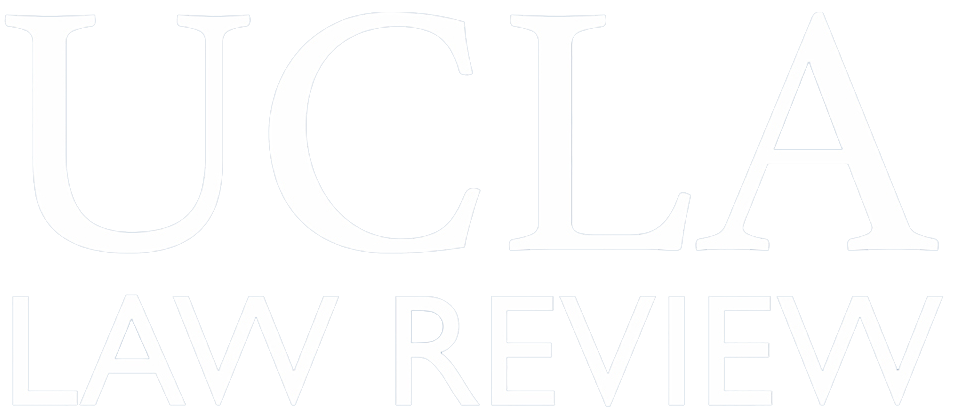Institutions and institutional categories pervade the world and pervade human thinking, but institutional categorization plays a smaller role in constitutional doctrine than might be expected. Although constitutional doctrine often uses categories of the law’s own making, and often draws distinctions based on the character of the act or (less frequently) the character of the agent who engages in...
The Solomon Amendment, Expressive Associations, and Public Employment
Employment law commentators have paid insufficient attention to the Solomon Amendment case of Rumsfeld v. Forum for Academic & Institu¬tional Rights, Inc. (FAIR) and its discussion of the right to expressive association under the First Amendment. By failing to methodically analyze whether all law school constituents of the FAIR organization constitute expressive associations, the Court...
Challenges to Civilian Control of the Military: A Rational Choice Approach to the War on Terror
Legal study of the institutions of national security decisionmaking has focused primarily on the allocation of authority between the president and the U.S. Congress to wage war. An overlooked gap within this framework is the strained relations between the U.S. civilian leadership and the military. The War on Terror has exacerbated these tensions—particularly with the Judge Advocate General’s...
The Commerce Clause and the Myth of Dual Federalism
Despite its substantial theoretical flaws, dual federalism—the model of American federalism according to which the field of federal regulation is separated from the field of state regulation in a mutually exclusive (or close thereto) fashion—continues to attract sophisticated adherents. In this Article, I debunk the myth that the U.S. Supreme Court was ever committed to a dual federalist...
The Federal Government as a Constitutional Niche in Affirmative Action Cases
Although the U.S. Supreme Court has held that the same strict scrutiny standard applies to both state and federal affirmative action, federal courts often appear to apply a more deferential form of strict scrutiny to the federal government’s use of race. Analyzing the entire corpus of published federal court decisions between 1990 and 2003, I show that federal affirmative action laws are twice as...
Rethinking Immigration Status Discrimination and Exploitation in the Low-Wage Workplace
Popular discourse in the U.S. immigration debate often simply asserts that immigrants take jobs that native workers do not want. Though perhaps politically salient, such slogans overlook the complex interaction between employer preferences, immigration, and legal protections. Building on sociological research, this Comment explores the reality that many employers actually discriminate against U.S...
School Reconstitution Under No Child Left Behind: Why School Officials Should Think Twice
The No Child Left Behind Act (the Act or NCLB) was enacted with the laudable aim of improving education through a system of accountability for schools and school districts. The Act provides for a system of escalating punishments for schools that fail to make adequate yearly progress toward the goal of full student proficiency in core subjects. One of the options that districts have for dealing...
Enforcing International Commercial Mediation Agreements as Arbital Awards Under the New York Convention
Mediation offers enticing advantages over adversarial systems for the resolution of commercial disputes. Mediation preserves party autonomy by vesting process development and final-decision authority in the hands of the disputing parties. Despite these benefits, businesses underutilize mediation in international settings in part because of unpredictable enforcement practices predicated on varied...
